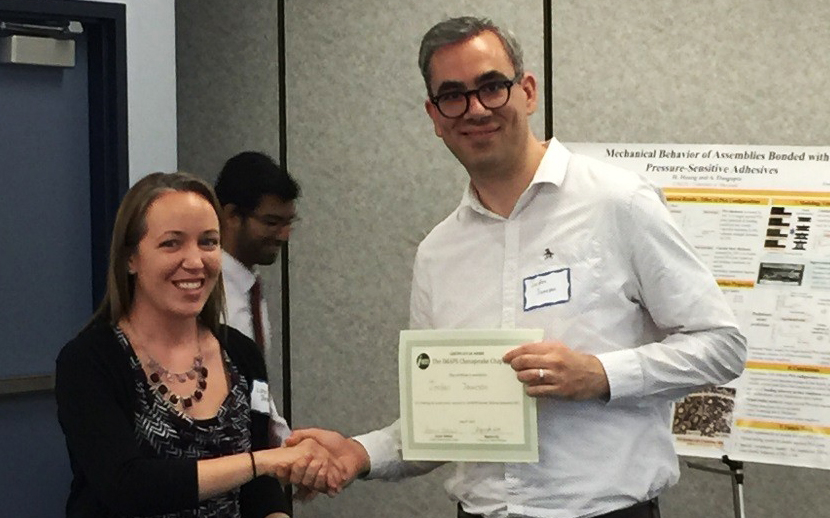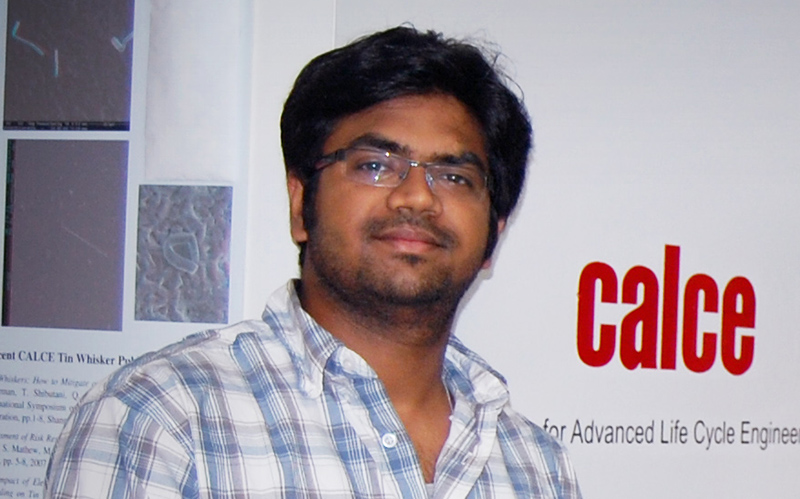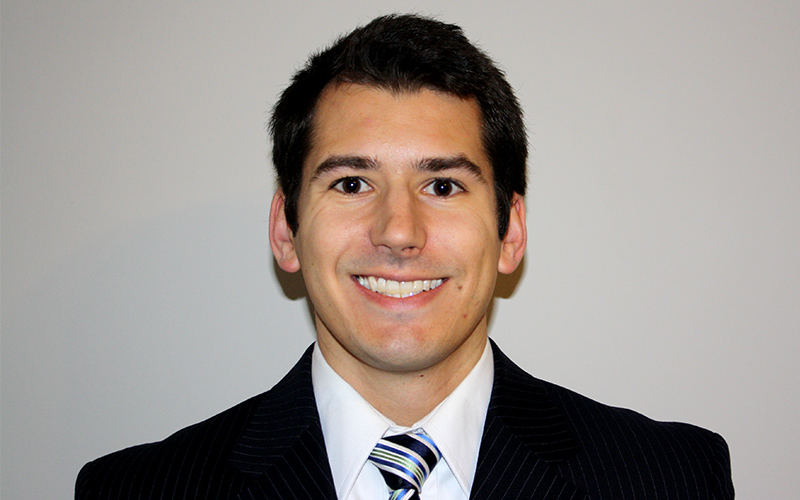The semester-in-industry program can occur anytime during the graduate student tenure provided the student meets the academic (and for international students, visa related) requirements. For example, an accepted full time M.S. student may start their studies during the summer semester. The student will begin working on research and taking courses during the summer and will continue these activities during the fall semester. With a six month coursework and research background, the student can participate in the industry internship in the following spring semester. At the end of the spring semester the students will return to the university and continue their studies during the summer and fall semesters and will defend their thesis and graduate during the subsequent spring.
Internships provide organizations with additional support to conduct projects and complete work, while participating students gain valuable experience and insight into future career opportunities. Although there is no fixed restriction on the timing of internships, the summer is often popular for internships. The projects for internships are carefully tailored so that they contribute directly to the students' research goals while meeting the needs of the sponsoring organization. Due to their symbiotic nature, CALCE student internships are conducted with organizations that have an ongoing collaboration with CALCE. If your organization is interested in considering CALCE students for internship, please contact Dr. Diganta Das or Prof. Michael Pecht.
The industrial internships are generally arranged with the member organizations of the CALCE Center on ongoing core research projects. The scopes of the work and the arrangements for the financial support of the student during the internship are negotiated between the member company, the student and the faculty advisor.
Arvind Vasan - Schlumberger
Arvind Vasan spent the latter half of 2013 at Schlumberger's Princeton Technology Center (PTC). During the internship period, he worked towards developing health metrics for electronic systems that are used subsea for determining the presence of critical elements. Failure in such electronic systems affects the subsea surface exploration mission, resulting in monetary losses. The health metrics that are expected to be developed during the internship will allow PTC to determine whether or not the data logging system can be used subsea.
Christopher Hendricks - Idaho National Laboratory
Chris Hendricks spent his summer at the Idaho National Laboratory in Idaho Falls, Idaho. Specifically, he worked at the Energy Storage Technologies Laboratory to study lithium-ion battery degradation under a variety of operating conditions. With the rapid expansion of electric vehicles and hybrid electric vehicles, advanced life characterization methods need to be developed for the long life expectations of vehicular applications under harsh environmental conditions. Chris had the opportunity to experience the benefits of working at a national laboratory, and he helped to establish a working collaboration between the Center for Advanced Life Cycle Engineering (CALCE) and Idaho National Laboratories (INL).
Lilliane Tessa - Neurelec
Lilliane interned at Neurelec in France working on cochlear implants. Cochlear implants are active implantable medical devices designed to electrically stimulate the auditory nerve in order to provide useful hearing sensations to patients affected with severe to profound deafness. Because cochlear implants operate inside the human body, manufacturers are required to demonstrate to regulatory authorities that the risks of potential device failures are largely balanced by the clinical benefits of their devices. However, qualification standards for medical implants do not provide a practical, consistent, and objective framework for predicting reliability. The goal of Lilliane's internship was to propose and validate a methodology for lifetime prediction of implant systems using bench data, in compliance with FDA regulations. Her roles included reviewing the qualification tests that are performed for design validation to ensure that they are compliant with FDA regulations, and designing accelerated life testing plans for lifetime predictions for implant subsystems.



